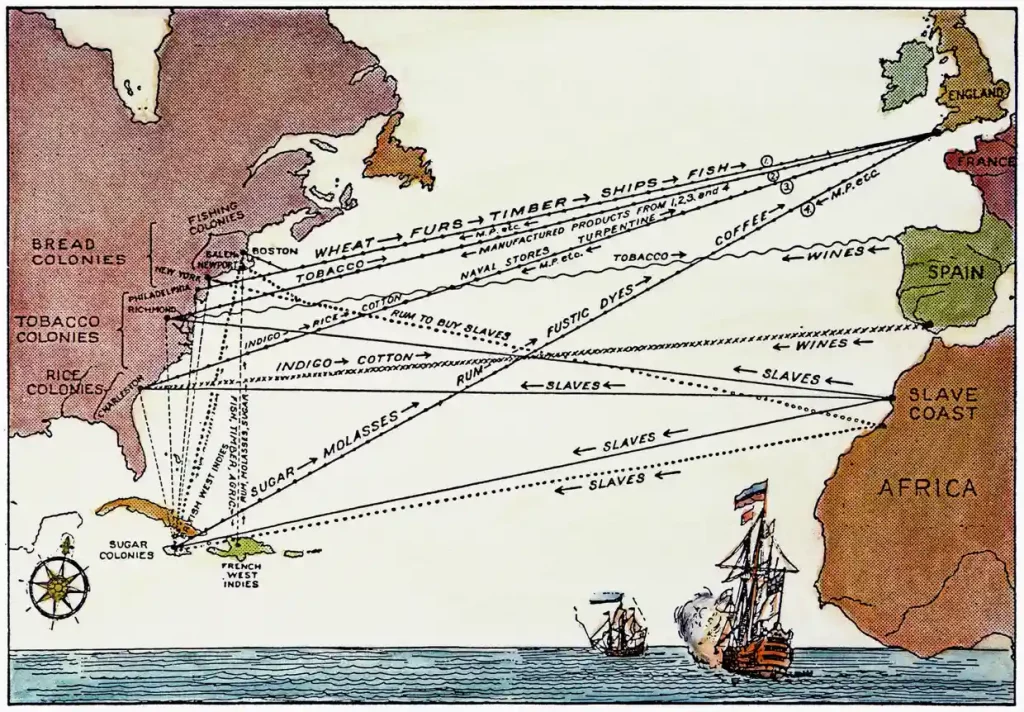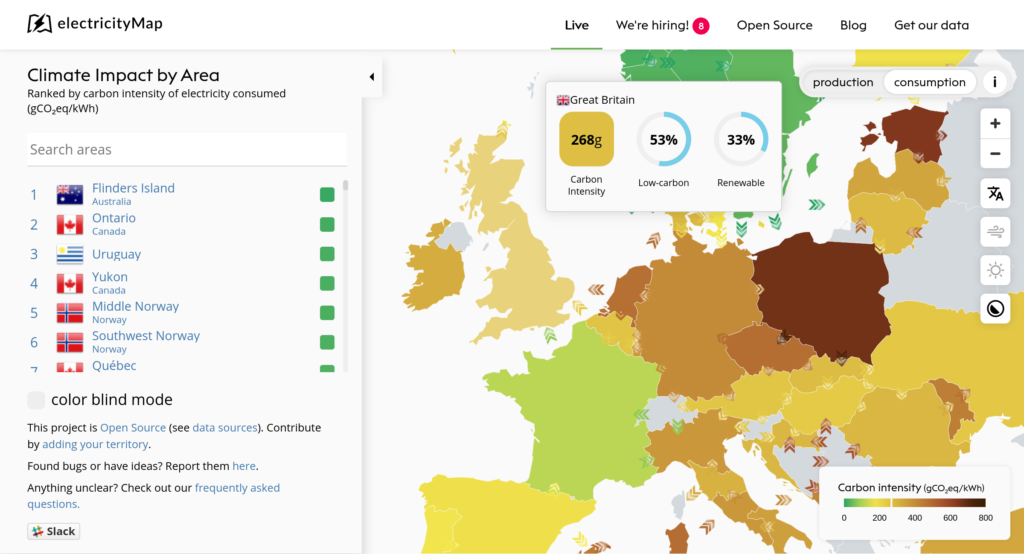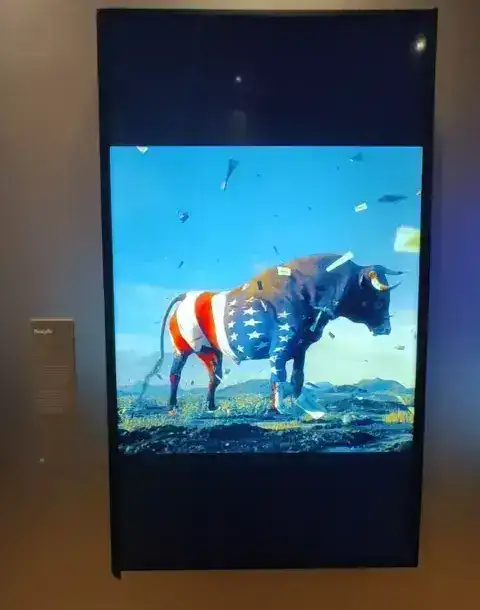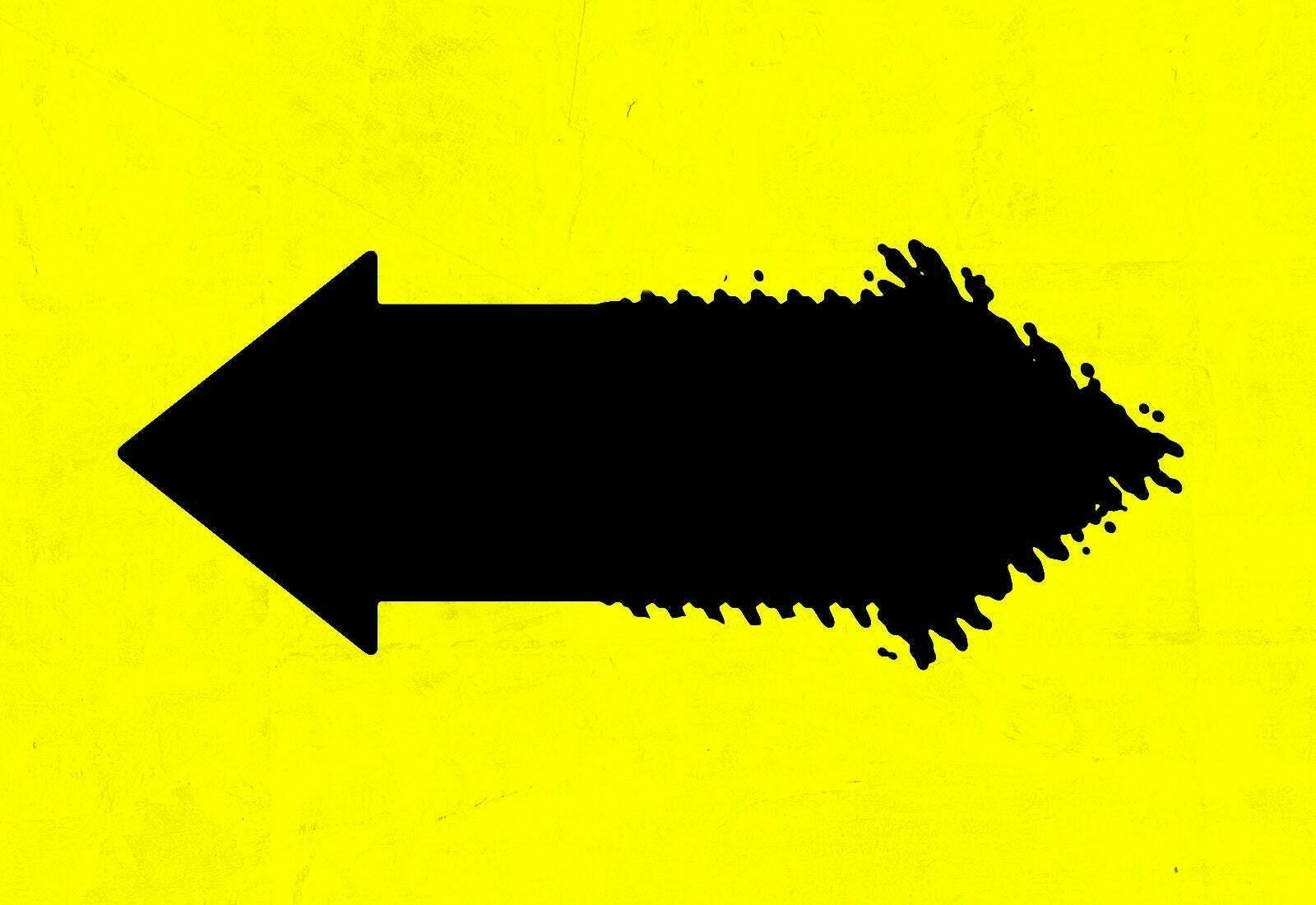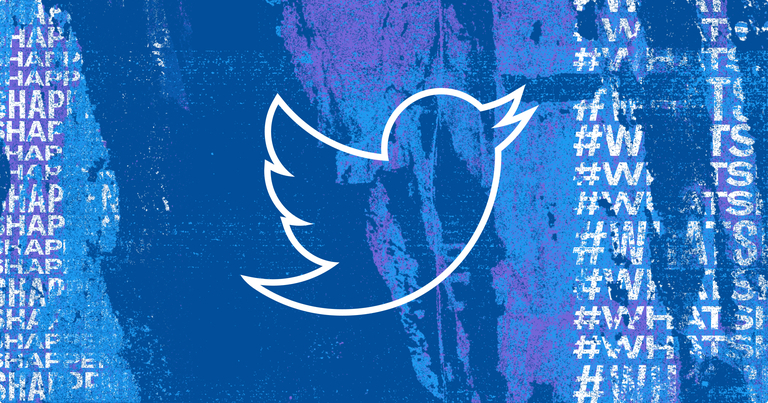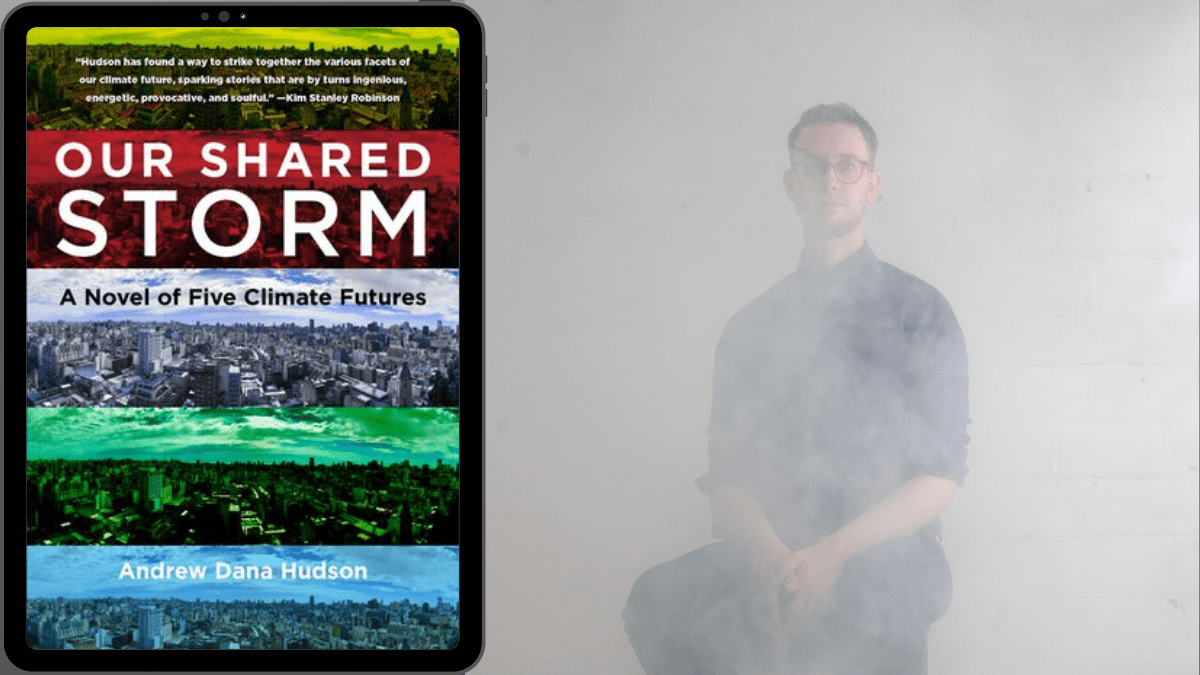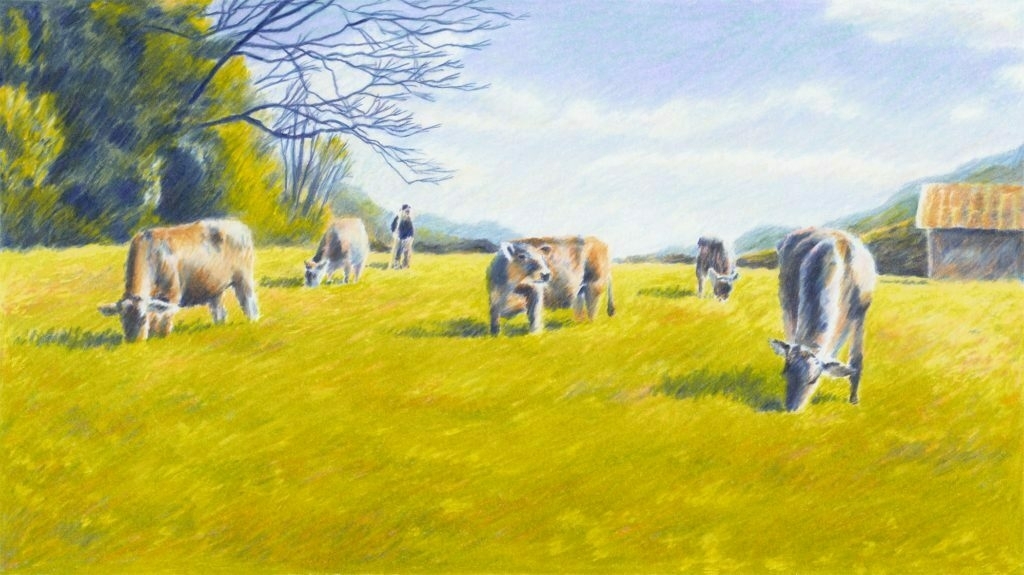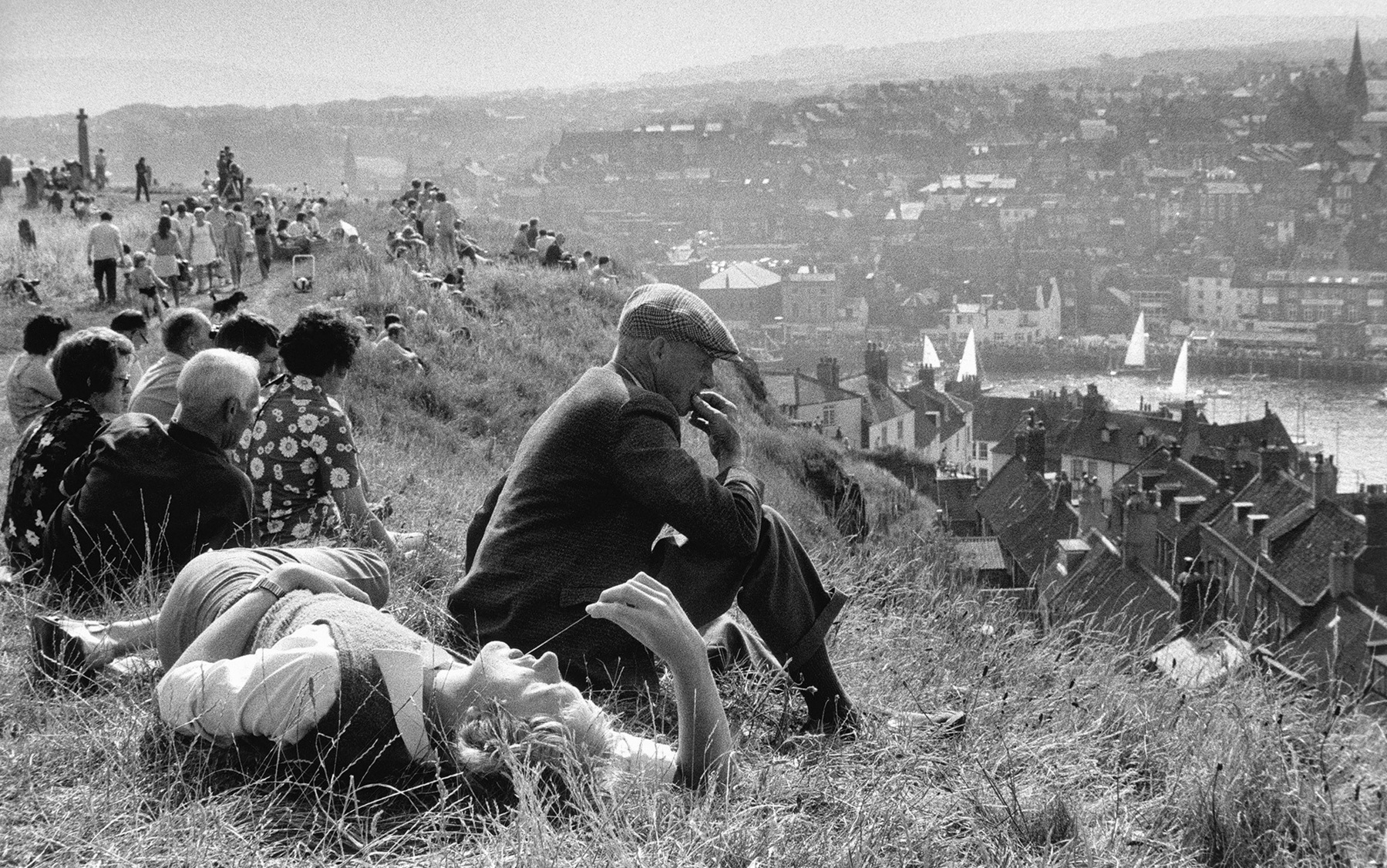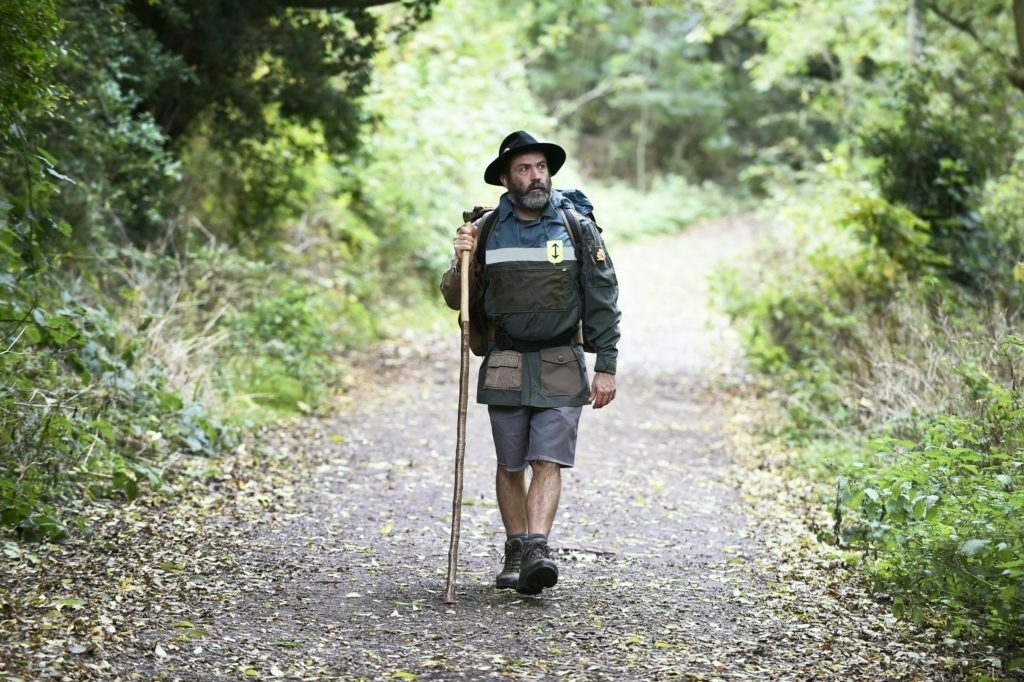Historic aerial photos of England
It's annoying they can't be downloaded, but fun to see historic aerial photos of my home town!
You can explore over 400,000 digitised photos taken from our aerial photo collections of over 6 million photographs preserved in the Historic England Archive.Source: Aerial Photo Explorer – Over 400,000 aerial photos in Historic England's digitised collections | Historic England
How to be a darknet drug lord
Wow, who knew how difficult it was to be a criminal? Found via HN.
You're an aspiring drug kingpin. Go out and pay cash for another computer. It doesn't have to be the best or most expensive, but it needs to be able to run Linux. For additional safety, don't lord over your new onion empire from your mother's basement, or any location normally associated with you. Leave your phone behind when you head out to manage your enterprise so you aren't tracked by cell towers. Last but not least for this paragraph, don't talk about the same subjects across identities and take counter-measures to alter your writing style.Source: So, you want to be a darknet drug lord… | nachash[…]
Disinformation is critical to your continued freedom. Give barium meat tests to your contacts liberally. It doesn’t matter if they realize they’re being tested. Make sure that if you’re caught making small talk, you inject false details about yourself and your life. You don’t want to be like Ernest Lehmitz, a German spy during World War II who sent otherwise boring letters about himself containing hidden writing about ship movements. He got caught because the non-secret portion of his letters gave up various minor personal details the FBI correlated and used to find him after intercepting just 12 letters. Spreading disinformation about yourself takes time, but after a while the tapestry of deceptions will practically weave itself.
[…]
Take-away: If you rely only on tor to protect yourself, you’re going to get owned and people like me are going to laugh at you. Remember that someone out there is always watching, and know when to walk away. Do try to stay safe while breaking the law. In the words of Sam Spade, “Success to crime!"
British monarchs helped fund, and profited from, the slave trade
The monarchy wasn’t a force for good during the age of colonialism/empire, nor is it a force for good now.
In 1660, the Royal African Company was established by the Duke of York, who later became James II, with involvement from his brother, Charles II. The Royal African Company was prolific within the slave trade; according to the Slave Voyages website, between 1672 and 1731 the Royal African Company transported more than 187,000 slaves from Africa to English colonies in North, Central and South America. Many of the enslaved Africans transported by the Royal African Company were branded “DY”, standing for Duke of York.Source: What are the British monarchy’s historical links to slavery? | The GuardianBetween 1690 and 1807, an estimated 6 million enslaved Africans were transported from west Africa to the Americas on British or Anglo-American ships. The slave trade was protected by the royal family and parliament.
Live map of electricity production highlights carbon criminals
This live map of electricity production and consumption is really interesting, on a number of levels. First, it’s great that it exists! It really helps show, for example, that Poland needs to get its act together.
But also, design decisions matter. For example, the focus on carbon, while important, obscures the fact that nuclear might help get us out of the current mess but is really storing up problems for future generations.
electricityMap is a live visualization of where your electricity comes from and how much CO2 was emitted to produce it.Source: electricityMap | Live CO₂ emissions of electricity consumption
Do NFTs tend towards dystopia?
At the weekend I visited the Moco Museum with my wife in Amsterdam. It’s the first time I’ve seen an NFT art exhibition. It wasn’t… bad? But, as someone commented when I said as much on social media, the ownership model is kind of irrelevant. It’s the digital art that matters.
(the animation below is from a video I took of an appropriate Beeple artwork)
What I think we’re all starting to realise is that for everything to be on the blockchain, we would need to fundamentally change the nature of human interaction. And that change would be toward dystopia.
In this article, James Grimmelmann, who is a professor at Cornell Law School and Cornell Tech (where he directs the Cornell Tech Research Lab in Applied Law and Technology) explains just this.
Loosely speaking, there are three kinds of property you could use an NFT to try to control ownership of: physical things like houses, cars, or tungsten cubes; information like digital artworks; and intangible rights like corporate shares.Grimmelmann clarifies in a footnote that just because NFTs might work for art, doesn’t mean they’re appropriate for… well, anything else:By default, buying an NFT “of” one of these three things doesn’t give you possession of them. Getting an NFT representing a tungsten cube doesn’t magically move the cube to your house. It’s still somewhere else in the world. If you want NFTs to actually control ownership of anything besides themselves, you need the legal system to back them up and say that whoever holds the NFT actually owns the thing.
Right now, the legal system doesn’t work that way. Transfer of an NFT doesn’t give you any legal rights in the thing. That’s not how IP and property work. Lawyers who know IP and property law are in pretty strong agreement on this.
It’s possible to imagine systems that would tie legal ownership to possession of an NFT. But they’re (1) not what most current NFTs do, (2) technically ambitious to the point of absurdity, and (3) profoundly dystopian. To see why, suppose we had a system that made the NFT on a blockchain legally authoritative for ownership of a copyright, or of an original object, etc. There would still be the enforcement problem of getting everyone to respect the owner’s rights.
A lot of the current hype around NFTs consists of the belief that the rest of the world will follow the same rules as NFT art. But of course part of the point of art is that it doesn’t follow the same rules as the rest of the world.Source: I Do Not Think That NFT Means What You Think It Does | The Laboratorium
Hamiltonians and Jeffersonians
Cory Doctorow quite rightly calls out that Big Tech’s “too big to fail” status has created “oligopolistic power” which limits our choice over how we’re connected to the people we want to interact with.
I like his reference of Frank Pasquale’s two approaches to regulation. I guess I’m a Jeffersonian, too…
Every community has implicit and explicit rules about what kinds of speech are acceptable, and metes out punishments to people who violate those rules, ranging from banishment to shaming to compelling the speaker to silence. You’re not allowed to get into a shouting match at a funeral, you’re not allowed to use slurs when addressing your university professor, you’re not allowed to explicitly describe your sex-life to your work colleagues. Your family may prohibit swear-words at Christmas dinner or arguments about homework at the breakfast table.Source: To Make Social Media Work Better, Make It Fail Better | Electronic Frontier FoundationOne of the things that defines a community are its speech norms. In the online world, moderators enforce those “house rules” by labeling or deleting rule-breaking speech, and by cautioning or removing users.
Doing this job well is hard even when the moderator is close to the community and understands its rules. It’s much harder when the moderator is a low-waged employee following company policy at a frenzied pace. Then it’s impossible to do well and consistently.
[…]
It’s not that we value the glorious free speech of our harassers, nor that we want our views “fact-checked” or de-monetized by unaccountable third parties, nor that we want copyright filters banishing the videos we love, nor that we want juvenile sensationalism rammed into our eyeballs or controversial opinions buried at the bottom of an impossibly deep algorithmically sorted pile.
We tolerate all of that because the platforms have taken hostages: the people we love, the communities we care about, and the customers we rely upon. Breaking up with the platform means breaking up with those people.
It doesn’t have to be this way. The internet was designed on protocols, not platforms: the principle of running lots of different, interconnected services, each with its own “house rules” based on its own norms and goals. These services could connect to one another, but they could also block one another, allowing communities to isolate themselves from adversaries who wished to harm or disrupt their fellowship.
[…]
Frank Pasquale’s Tech Platforms and the Knowledge Problem poses two different approaches to tech regulation: “Hamiltonians” and “Jeffersonians” (the paper was published in 2018, and these were extremely zeitgeisty labels!).
Hamiltonians favor “improving the regulation of leading firms rather than breaking them up,” while Jeffersonians argue that the “very concentration (of power, patents, and profits) in megafirms” is itself a problem, making them both unaccountable and dangerous.
That’s where we land. We think that technology users shouldn’t have to wait for Big Tech platform owners to have a moment of enlightenment that leads to its moral reform, and we understand that the road to external regulation is long and rocky, thanks to the oligopolistic power of cash-swollen, too-big-to-fail tech giants.
Cancel Technology
Noah Smith makes a good point in this article that ‘cancel culture’ has always existed, we just called it ‘social ostracism’. The difference is the technology we interact with, and the intended and unintended audiences with which we communicate.
First let’s think about distribution. In the olden days, you could “read the room” and decide whether you were going to get a sympathetic ear before you said something. You knew who you were hanging out with — your relatives, or your coworkers, or your buddies, or your neighbors, or your cell of the Communist Party, etc. On the internet, that’s much less true. On Twitter, anyone can see what you write and retweet it or screenshot it to millions of strangers all over the globe. In a Facebook group, you probably don’t know exactly what kind of others are in the group unless it’s really small. If you put something up on a website, anyone can read it. Etc.Source: It’s not Cancel Culture, it’s Cancel Technology | NoahpinionThe internet also makes it much less hard to maintain private spaces because text can be screenshotted and distributed widely. In the old days, if you said something that would be cancel-worthy outside the group of people you were talking to, it was impossible for someone to verifiably transmit that information outside the group — they could snitch on you, but it would be hearsay and you could deny it. But when you write something down, the text of what you wrote can be screenshotted and distributed widely to people that you didn’t expect to be watching you.
Now, this broad distribution has a number of effects. It makes it a lot harder to get together with your buddies in private and say racist or sexist stuff, because now one of them can betray you with a screenshot. Lots of people are probably pleased with that outcome.
But it also means that everyone who talks on the internet must always worry about their words being shown to someone who’s going to interpret it in an uncharitable way.
[…]
Thus, the internet changes Cancel Culture by massively increasing the number of people who can target you for ostracism. It’s a bit like living in a gossipy small town where you don’t know any of your neighbors — you don’t know who’s going to read what you write, so you don’t know how people are going to take what you say.
Declining trust in society isn't just a 'vibe shift'
This is a wide-ranging and somewhat jumbled article which nevertheless has at its core a key point about the decline in trust in society. That’s not just a ‘vibe shift’ but a more permanent and worrying state of affairs.
Consider the Edelman Trust Barometer. The public relations firm has been conducting an annual global survey measuring public confidence in institutions since 2000. Its 2022 report, which found that distrust is now “society’s default emotion,” recorded a trend of collapsing faith in institutions such as government or media.Source: What You’re Feeling Isn’t A Vibe Shift. It’s Permanent Change. | BuzzFeed News[…]
It’s difficult to imagine how trust in national governments can be repaired. This is not, on the face of it, apocalyptic. The lights are on and the trains run on time, for the most part. But civic trust, the stuff of nation-building, believing that governments are capable of improving one’s life, seems to have dimmed.
Twitter autoblock is what you get when you have software with shareholders
I heard from a former colleague that they’d been ‘autoblocked’ on Twitter for responding snarkily to someone. I don’t have an account there any more, so had to look up what they meant.
This kind of algorithmic blocking is the exact opposite of what you’d want from a platform that genuinely cared about human, community-focused interaction. We need to avoid this kind of approach with the Bonfire Zappa project.
It’s the unaccountability of it that gets me. The algorithm is a black box.
Twitter is currently experimenting with a feature called Safety Mode that detects and blocks potentially harmful language or repetitive, unwelcome interactions.Source: About autoblock by TwitterSome things to know about autoblock
- Autoblocks come from Twitter, not individuals.
- Autoblocks last for 7 days, but can be undone by the account owner at any time.
- There’s no limit to how long someone stays in Safety Mode.
- Just like when someone blocks you, if you’re autoblocked, it won't be possible to interact with them, see their Tweets, follow them, or send them Direct Messages.
- Existing replies from autoblocked accounts move to the bottom of the conversation.
Antartica used to be covered in rainforest
Given the news that both the Arctic and Antarctic are currently a lot warmer than expected, this is interesting news. Sea levels 170 metres higher than normal would mean that my house would be underwater…
A team from the UK and Germany discovered forest soil from the Cretaceous period within 900 km of the South Pole. Their analysis of the preserved roots, pollen and spores shows that the world at that time was a lot warmer than previously thought.Source: Traces of ancient rainforest in Antarctica point to a warmer prehistoric world | Imperial News | Imperial College London[…]
The work also suggests that the carbon dioxide (CO2) levels in the atmosphere were higher than expected during the mid-Cretaceous period, 115-80 million years ago, challenging climate models of the period.
The mid-Cretaceous was the heyday of the dinosaurs but was also the warmest period in the past 140 million years, with temperatures in the tropics as high as 35 degrees Celsius and sea level 170 metres higher than today.
[…]
They found that the annual mean air temperature was around 12 degrees Celsius; roughly two degrees warmer than the mean temperature in Germany today. Average summer temperatures were around 19 degrees Celsius; water temperatures in the rivers and swamps reached up to 20 degrees; and the amount and intensity of rainfall in West Antarctica were similar to those in today’s Wales.
San Francisco is built on the carcasses of old ships
Very cool. There’s a metaphor in there somewhere.
When the gold rush began in 1848, thousands of people sailed into California, hoping to strike it rich. The ships that sailed there were often just enough to get the crew there. Many would never sail again.Source: Why is San Francisco's Foundation is Built on Old Ships from the Mid-1800s? | Interesting EngineeringA large portion of the ships that landed in San Francisco Bay were simply left to rot as the crews they brought got caught up in gold fever. At the height of the gold rush, there were 500 to one thousand ships moored in the harbor, clogging up traffic and making the waters almost un-navigable.
The city needed land, and since most of it had already been built on, politicians devised a brilliant solution: start building on the water. The city started selling plots of bay water on the condition that the new owner would turn it into new land. So, ships were intentionally run aground and built into hotels and bars – they became part of the city.
Solarpunk and five climate futures
In this interview with Andrew Dana Hudson, he lays out a brief overview of the five futures he discusses in his book. This, in turn, is based on his Masters thesis.
There’s a lot of optimism in solarpunk approaches to the future, which is attractive. We just need to have the will to realise that it’s not already over.
There is a very optimistic sustainable scenario, full of community and open-hearted kindness and capitalist power fading to a bad memory. But there’s also a scenario of overclocked consumerism, another of neo-feudal inequality, and a third of persistent military conflict and global breakdown. And a middle-of-the-road scenario in which, like today, we slowly make some progress but never, ever enough.Source: Our Shared Storm: An Interview with Andrew Dana Hudson – Solarpunk Magazine[…]
Solarpunk also seems to me a bridge toward a future of energy abundance. It’s funny, given how much solarpunk is (wonderfully) influenced by crusty degrowthers and permacultural downshifters, but it’s possible that if we keep building renewables the way we’re projected to over the next decade or so, we might end up with access to way more energy than human beings have ever had to work with (at least during the day). What do we do with that? Those electrons have to go somewhere. Well, we’ll need a lot of energy to remove a Lake Michigan’s worth of carbon out of the atmosphere, in order to stabilize the climate and roll back ocean acidification. Call that Big Chemistry. But probably there’s room for Big Computation and Big Culture as well. If solar energy becomes cheaper than free, how does that broaden our artistic ambitions? And what does that sometimes-post-scarcity mindset mean for how we treat each other?
If you believe it's over, maybe it will be
A few weeks ago, I linked to Nesta’s predictions for 2022. One of them, climate inactivism, is a form of nihilism and helplessness I also see in relation to the current war in Ukraine.
The historian in me knows that nothing is inevitable. But it’s hard to feel that one has any ability to shape or contribute to things that require aligned geopolitical will — especially while slowly crawling out of a pandemic bunker.
Just about everyone these days is a grumpy old man, obsessed with decline and convinced of its inevitable loom. More than that, the acolytes of this cult, who are everywhere, are deeply suspicious that anything could ever be as good again. The problem with the cult of decline is that it presupposes a certain fixed point of view... and is deliberately blind to all others.Source: Thankfully, Everything is Doomed | Rick Wayne[…]
From the point of view of a barnacle, the whole of the ocean seems to rise and fall. Stand long enough before the tides and eventually you’ll see the erosion of the shore. But what are the tides from inside the ocean? The erosion of one beach leads to its deposition elsewhere. What is decline but the birth of something new?
The cult of decline worships a tautology, a cognitive bias, a bank run. If you believe things are failing, then you won’t expend the energy necessary to sustain them, and they will fail. In a universe like ours, dominated by the Second Law of Thermodynamics, some creative vitality is necessary to sustain anything, even a good mood.
The Roman Empire didn’t succumb to insurmountable tidal forces. There was no tsunami of decrepitude that wiped it away. Everything it faced at the end—wars, barbarians, epidemics—was something it had conquered at least twice before. The difference was that its people no longer cared enough to overcome them. They believed it was over, and so it was.
Challenging capitalism through co-ops and community
The glossy Instagram lifestyle is actually led by a fraction of a fraction of 1% of the world’s population. Instead of us all elbowing each other out of the way in pursuit of that, this article points to a better solution: co-operation.
There are two types of economics active in the world right now — which basically means two radically divergent varieties of economic life. The first is economics as most economists and writers see it and talk about it. The second is economics as most people live it.Source: Co-ops And Community Challenge Capitalism | NoemaCall the first “the top-up.” It’s the economics of competition and asymmetrical knowledge and shareholder value and creative destruction. It’s the dominant system. We know all about the top-up. Tales of the doings of the top-up economy are mainlined into our brains from business articles, financial analysis, stories about our planet’s richest people or corporations or nations. Bezos. Buffett. Gates. Musk. Zuckerberg. The Forbes 400. The Fortune 500. The Nasdaq. The Nikkei. On and on.
Call the second “the bottom-down.” We don’t hear as much about it because it’s a lot less sexy and a lot more sticky. It involves survival mechanisms and community solidarity and cash-in-hand calculations.
But it’s the economic system of the global majority, and this makes it the more important of the two.
[…]
The top-up economic sphere functions like a gated community in which people who have money can pretend that everything they do and have in life is based on merit, and that the communal and cooperative boosts from which they profit are nothing but natural outgrowths of that merit.
[…]
Change always comes from below — and it is in the bottom-down relationships where growth and egalitarianism can flourish. Every volunteer fire department is a community platform. Every mutually managed water system demonstrates that neighbors can build things when they need each other. Every community-based childcare network or parent-teacher association is a nascent collective. Every civic association, neighborhood or church council, social action network or food pantry gives people a broader perspective. Every collectively run savings and credit association demonstrates that communal trust can give people a leg up.
Some fairy tales may be 6,000 years old
It’s fascinating to think that children’s stories may have been told and re-told across languages and cultures for millennia. It just goes to show the power of narrative structure!
Fairy tales are transmitted through language, and the shoots and branches of the Indo-European language tree are well-defined, so the scientists could trace a tale's history back up the tree—and thus back in time. If both Slavic languages and Celtic languages had a version of Jack and the Beanstalk (and the analysis revealed they might), for example, chances are the story can be traced back to the "last common ancestor." That would be the Proto-Western-Indo-Europeans from whom both lineages split at least 6800 years ago. The approach mirrors how an evolutionary biologist might conclude that two species came from a common ancestor if their genes both contain the same mutation not found in other modern animals.Source: Some fairy tales may be 6000 years old | AAAS[…]
Tehrani says that the successful fairy tales may persist because they’re “minimally counterintuitive narratives.” That means they all contain some cognitively dissonant elements—like fantastic creatures or magic—but are mostly easy to comprehend. Beauty and the Beast, for example, contains a man who has been magically transformed into a hideous creature, but it also tells a simple story about family, romance, and not judging people based on appearance. The fantasy makes these tales stand out, but the ordinary elements make them easy to understand and remember. This combination of strange, but not too strange, Tehrani says, may be the key to their persistence across millennia.
A weird tip for weight loss
Hacker News isn’t just a great resource for tech-related news. The ‘Ask HN’ threads can also be a wonderful source of information or just provide different ways of thinking about the world.
In this example, the top-voted answer to a question about weight loss had me thinking about gut bacteria ‘craving’ sugar. Weird, but a useful framing.
This is a weird tip I think I could only share with the hacker news crowd. Once I learned about gut bacteria I started thinking of my cravings as something external to me. Like instead of saying "I'm hungry and I'm in the mood for something sweet" I would realize "the hormone ghrelin is sending hunger signals to my brain and the gut bacteria in my body is asking for something that's not actually in my best interest." Being able to emotionally distance myself from my feelings let me make decisions that I knew were better for me.Source: Ask HN: Any weird tips for weight loss? | Hacker News
The week as an human construct
This article in Aeon was published at around the same time as I published a post on my personal blog about time as a human construct. In that post, I talked about the French Republican calendar and the link between it and the weather.
What’s interesting in this article is that the author, David Henkin, a history professor, talks about the success of the week as being because it’s not attached to religious, cultural, or climatological norms.
Weeks serve as powerful mnemonic anchors because they are fundamentally artificial. Unlike days, months and years, all of which track, approximate, mimic or at least allude to some natural process (with hours, minutes and seconds representing neat fractions of those larger units), the week finds its foundation entirely in history. To say ‘today is Tuesday’ is to make a claim about the past rather than about the stars or the tides or the weather. We are asserting that a certain number of days, reckoned by uninterrupted counts of seven, separate today from some earlier moment.Source: How we came to depend on the week despite its artificiality | Aeon[…]
The modern week has superimposed upon the ancient week a rhythm that is fundamentally social, incorporating an awareness of the demands and constraints of other people. Yet the modern week is also somewhat individualised, inasmuch as its rhythms are shaped by all sorts of private decisions we make, especially as consumers. Whereas Sabbath counts and astrological dominions subject everyone to the same schedule, the modern week makes us aware of our relationship to our networks and to the habits of others, while simultaneously highlighting the variety of our networks and the contingency of those habits.
The Un-Grammable Hang Zone
Instagram has never been a place I’ve ever wanted to spend any time or attention. But its impact on physical spaces is undeniable.
This post (newsletter issue?) by Drew Austin cites a couple of other authors who perfectly skewer the Instagram aesthetic as being a grammar that quickly conveys that somebody… did a thing.
The Blackbird Spyplane newsletter recently made a valuable contribution to the pantheon of essays about how the internet has transformed the physical world: a hopeful manifesto in praise of the “Un-Grammable Hang Zone,” the definition of which will be obvious if you’ve spent enough time in the Instagram-optimized settings that have proliferated in cities during the past decade—places that BBSP describes as a “high-efficiency, low-humanity kind of eatery where you point yr phone at a QR code and do contactless payment before eating a room-temp grain bowl under a pink neon sign that says ‘Living My Best Life’ in cursive.”Source: #178: I Can See It (But I Can’t Feel It) | Kneeling Bus[…]
Affirming the interchangeability of “millennial” and “Instragrammable” as descriptors, Fischer pinpoints the force that really drives them: Instagrammable “does not mean ‘beautiful’ or even quite ‘photogenic’; it means something more like ‘readable.’ The viewer could scroll past an image and still grasp its meaning, e.g., ‘I saw fireworks,’ ‘I am on vacation,’ or ‘I have friends.’” If Instagram as a medium demands readability, in other words, it puts pressure on the physical environment to simplify itself accordingly, at least in the long run.
A hardwired obedience to the capitalist system that we exist within
I’m not sure where I came across this, but Ian Nesbitt is undertaking a modern pilgrimage on a recently-uncovered medieval route from Southampton to Canterbury.
He talks about the ‘inner journey’ as well as the actual one-foot-in-front-of-another journey. Sounds interesting, so I’ve added his blog to my feed reader.
Then there was a pandemic. During that period, Iike many others, I found myself looking inwards and, in the relative stasis of those months, began to question parts of myself that I never questioned before, in particular the drive to progress and keep moving on to the next thing, to keep producing. I began to wonder if that wasn’t just part of my character, so to speak, but actually a hardwired obedience to the capitalist system that we exist within.Source: Pilgrimage #1: the adequate step | The Book of Visions
What if I never change?
Oliver Burkeman on Jocelyn K. Glei’s Hurrry Slowly is an absolute treat. In particular, he quotes Jim Benson on how we can easily become “a limitless reservoir for other people’s expectations”. I also liked the discussion around the “internalised capitalism” of “clock time”.
The title comes from an important point that Burkeman makes about so many of our hopes and dreams being based on somehow in the future being a radically different person to who we are now.
It reminded me of a section in Alain de Botton’s The Art of Travel in which he summarises Seneca by saying that the problem about going somewhere to escape things is that you always take yourself (and your mental/emotional baggage) with you…
Oliver Burkeman on why we try to control time, how perfectionism holds us back, and the problems with a “when-i-finally” mindset.Source: Oliver Burkeman: What if I never change? | Hurry Slowly

